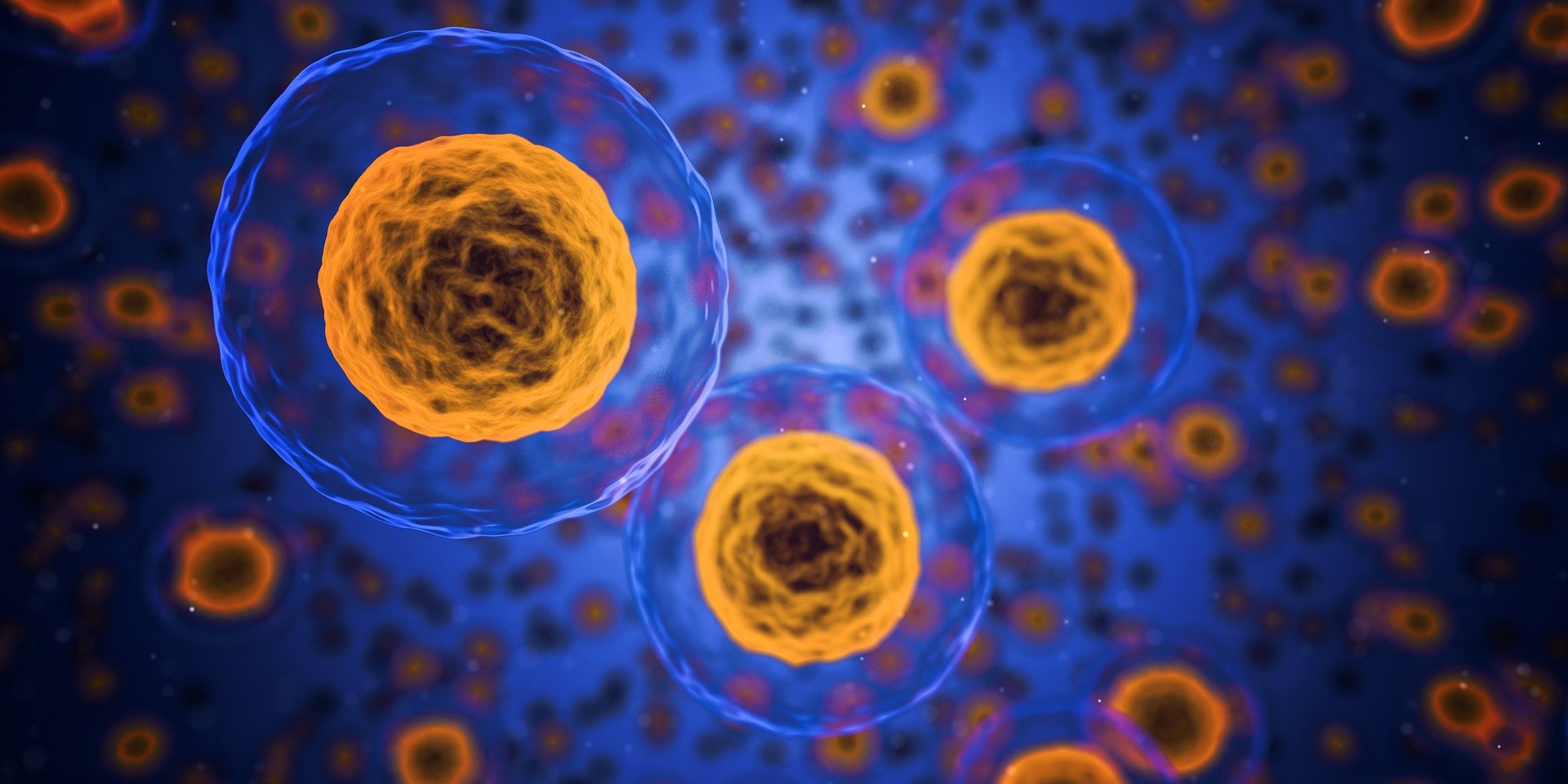There have been many twists and turns when it comes to boric acid, and it seems it is not over yet. This time it is the specific concentration limit for reproductive toxicity that is the topic of discussion.
Boric acid gained attention already in 2010 when ECHA identified it as a SVHC (Substance of Very High Concern). The identification of a substance as SVHC is the first step in a process under REACH called Authorisation. That is a process that I will not go into detail on here, but to sum up; the identification of boric acid as SVHC indicated that the use of boric acid would soon require an Authorisation. This of course had significant effects in industry and companies quickly put boric acid on their phase-out lists of substances that they do not want in their production.
In 2013 Poland submitted a proposal to change the harmonised classification of boric acid from Repr. 1B (H360FD - May damage fertility. May damage the unborn child) to Repr. 2 (H361d - Suspected of damaging the unborn child). The proposal was voted down in the Committee for Risk Assessment in 2014 and boric acid sustained its harmonised classification. In the opinion from the Committee for Risk Assessment they had noted that there was justification to review the specific concentration limit for reproductive toxicity for boric acid since the existing specific concentration limit had been derived from an older method. But since reviewing the specific concentration limit was not part of the proposal no update of the specific concentration limit was included in the opinion, only a recommendation that a new proposal should be brought forth to deal with this matter.
Therefore Sweden submitted a proposal in the beginning of 2018 to remove the existing specific concentration limits for boric acid and six other borates and replace them with generic concentration limits at 0,3% which is in line with the new criteria of CLP. A public consultation is now ongoing until the end of February 2019 and approximately six months after that the Committee for Risk Assessment will give it's opinion on the proposal. Given that the proposal has a positive vote in both the Committee for Risk Assessment and the EU Commission, the new classification would start to apply around year 2024. (CS)



Comment